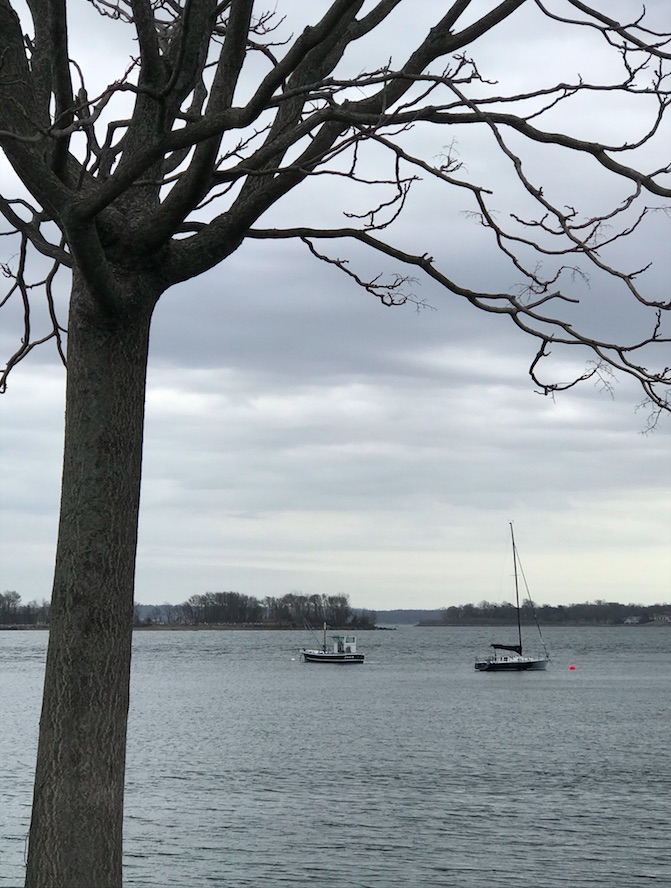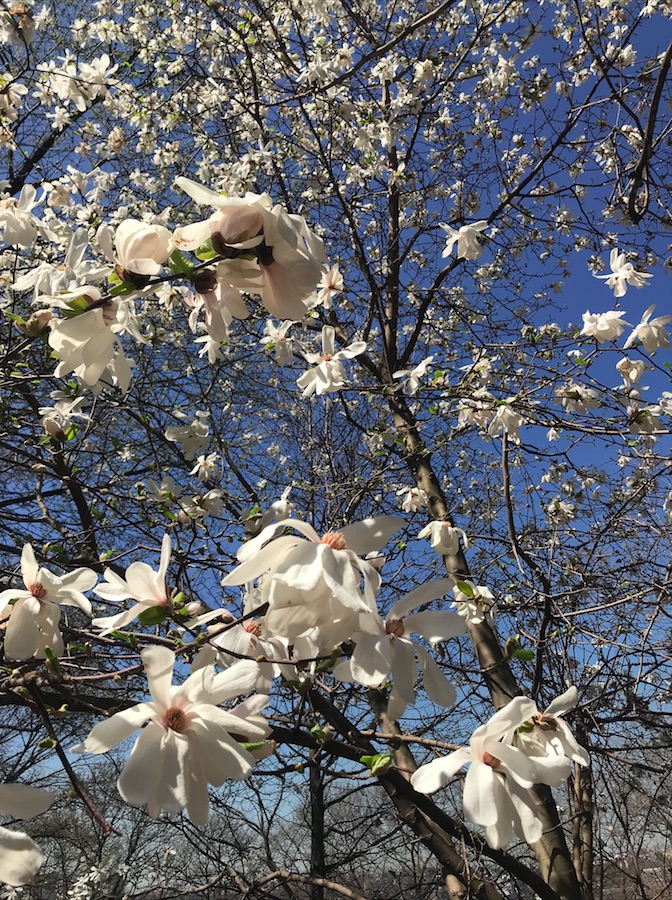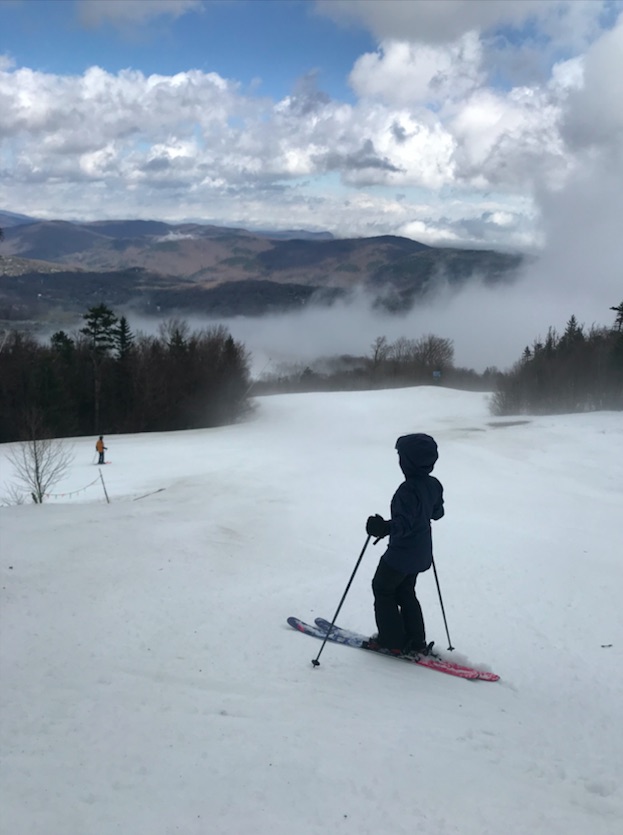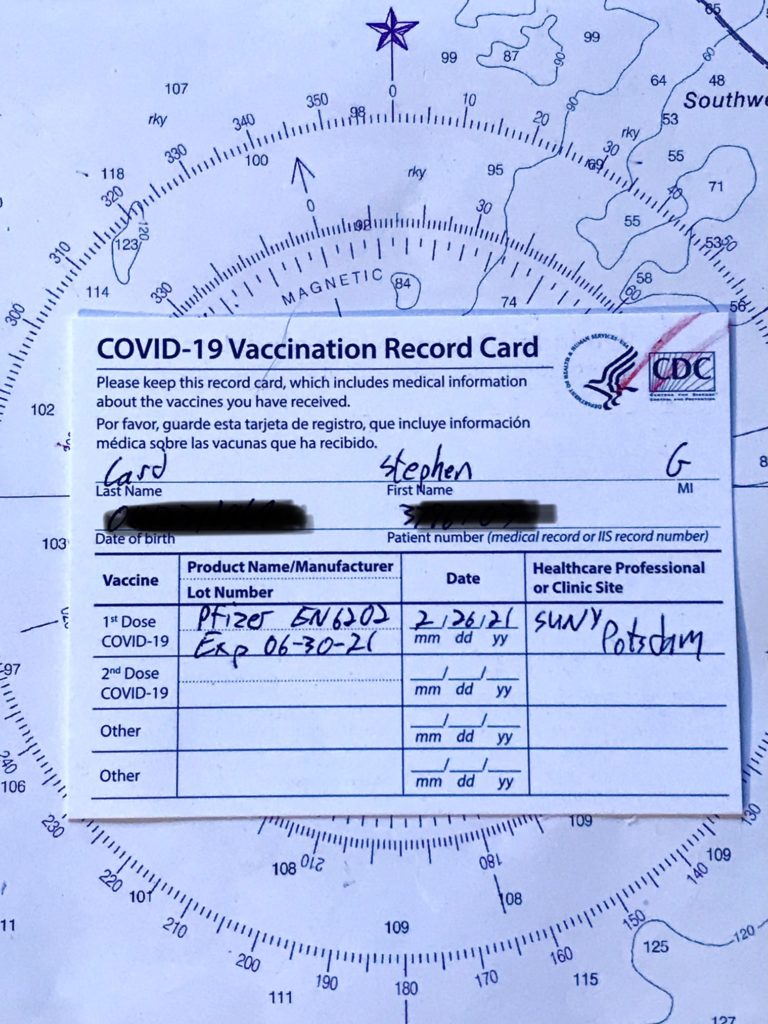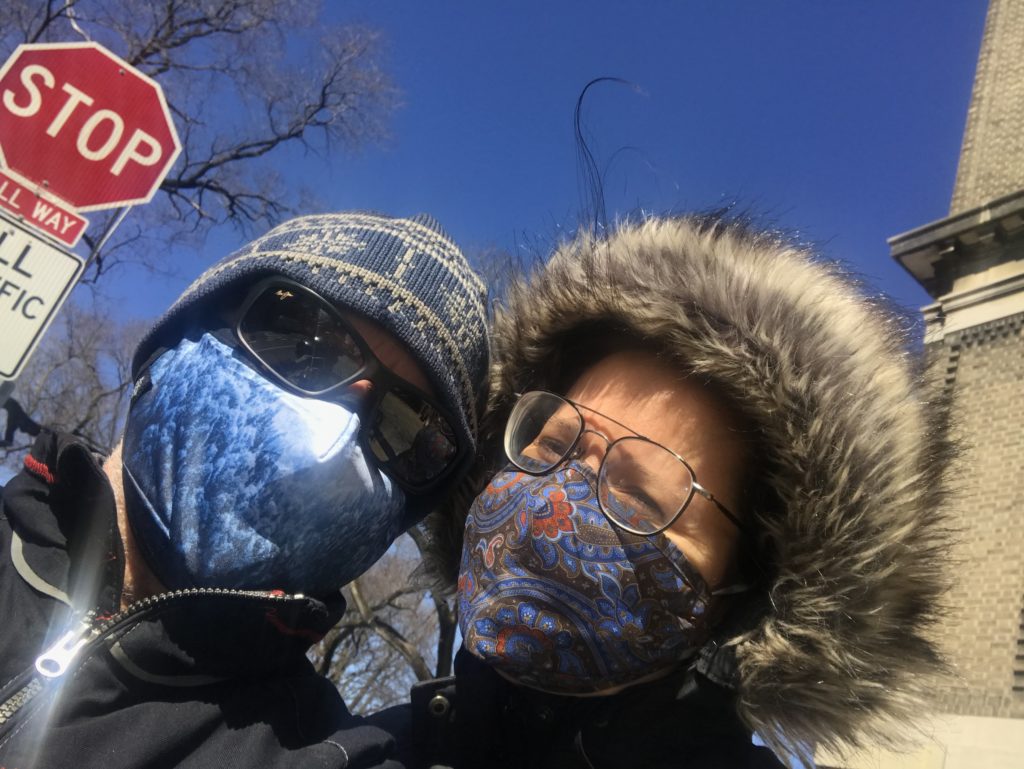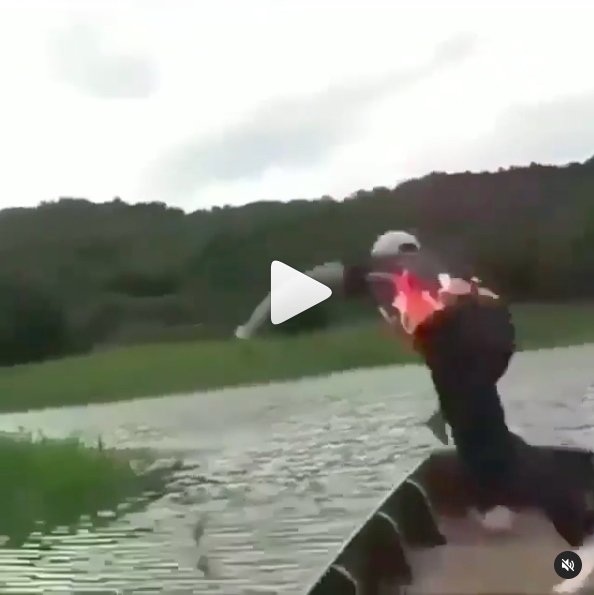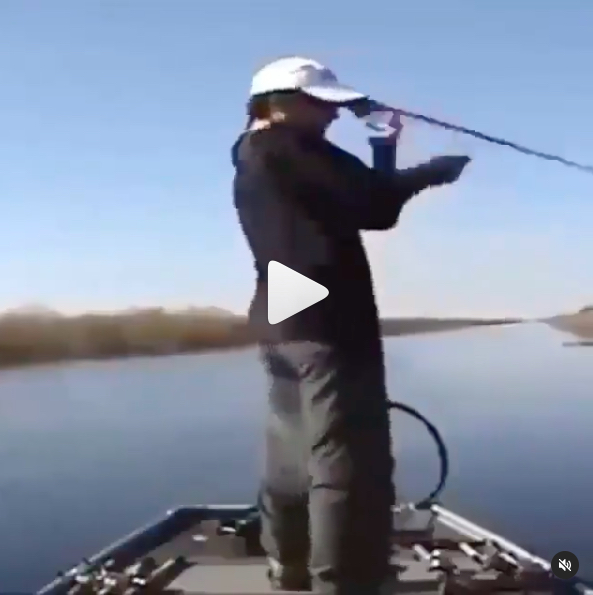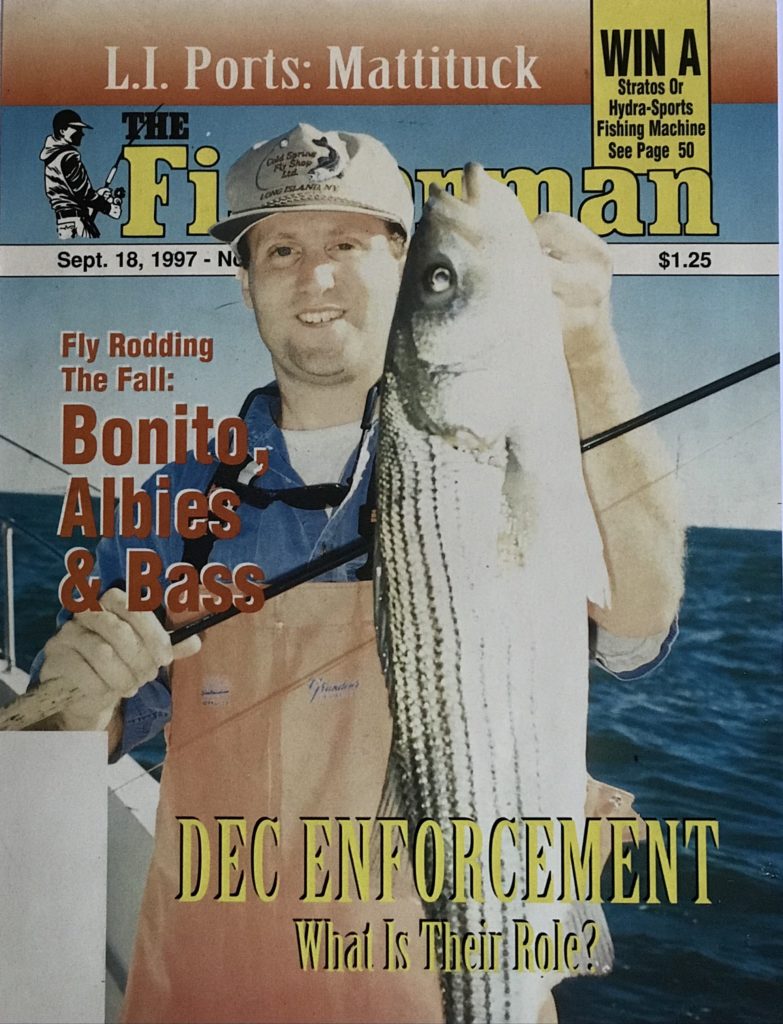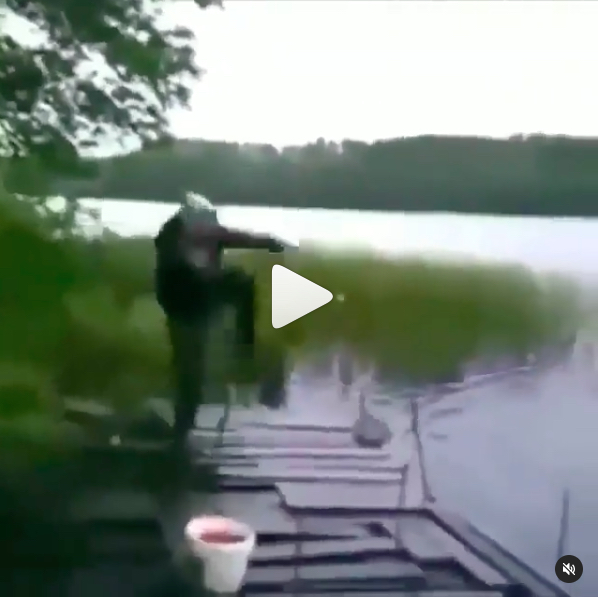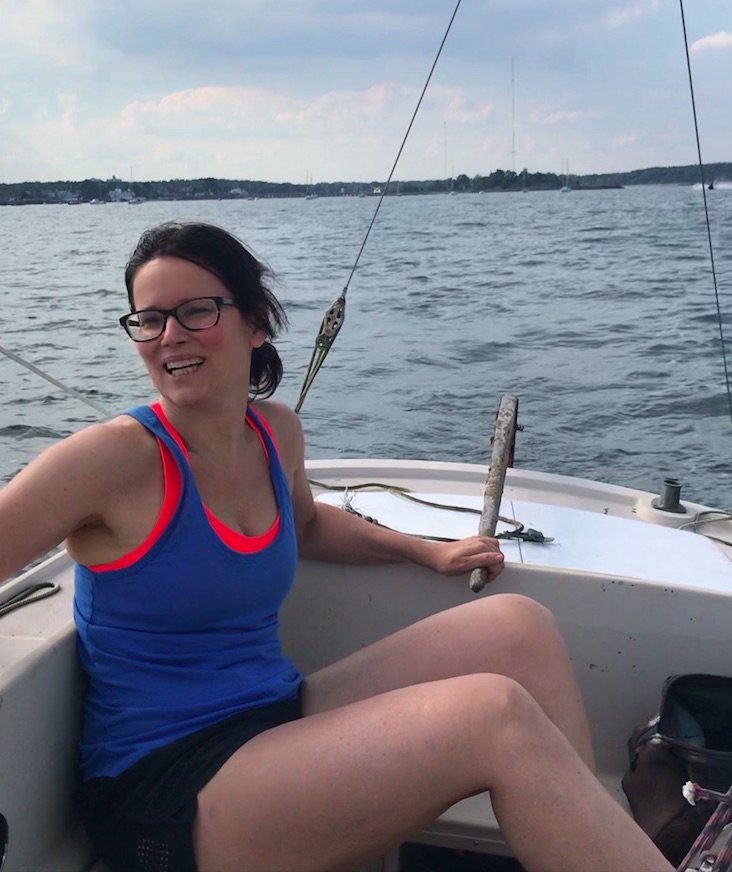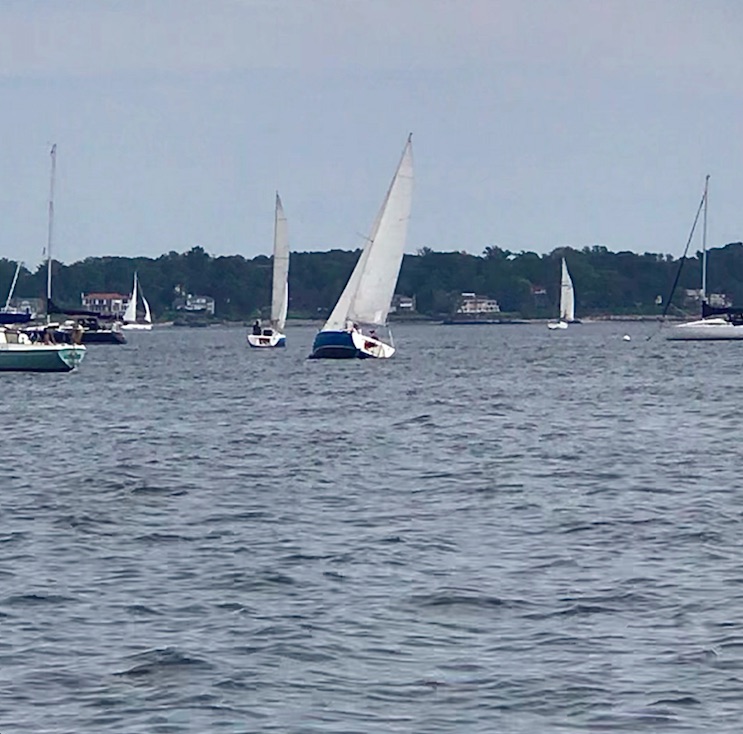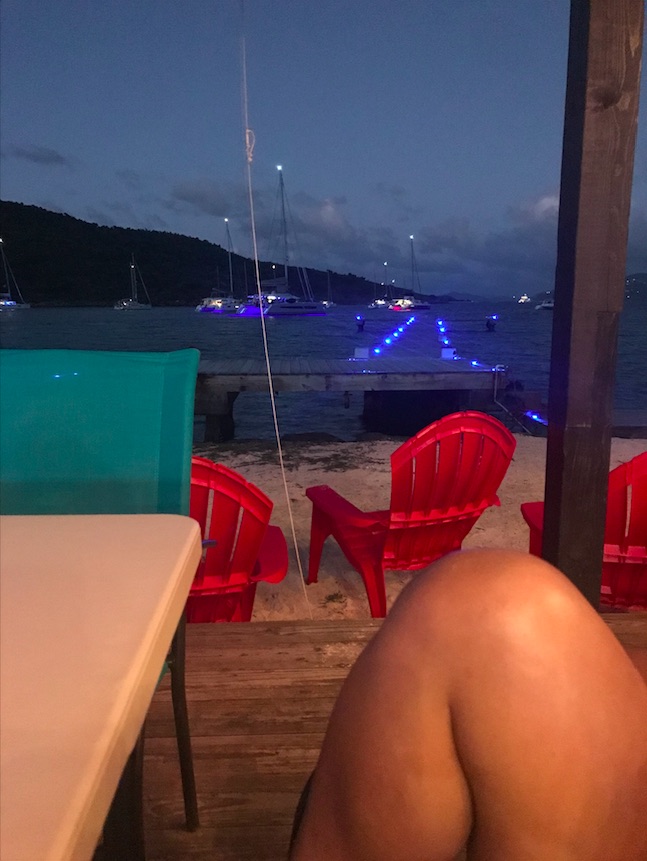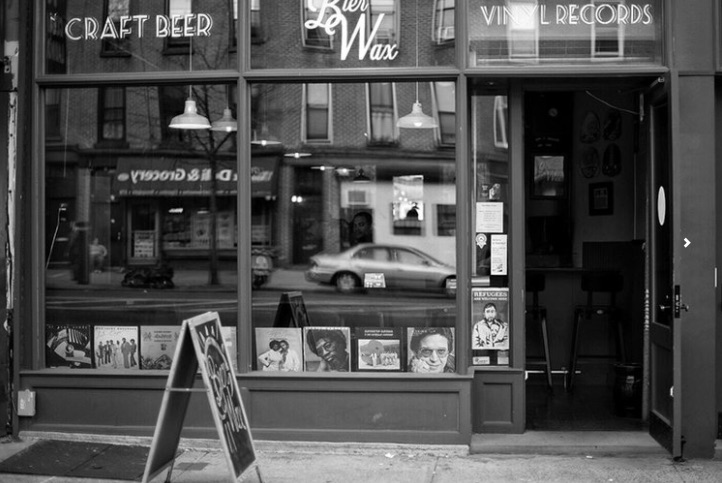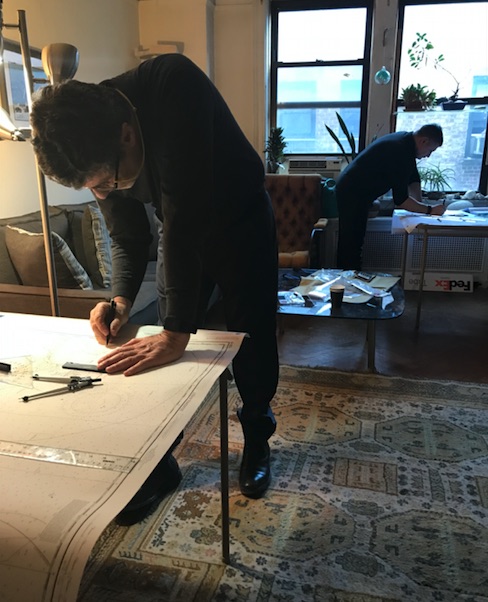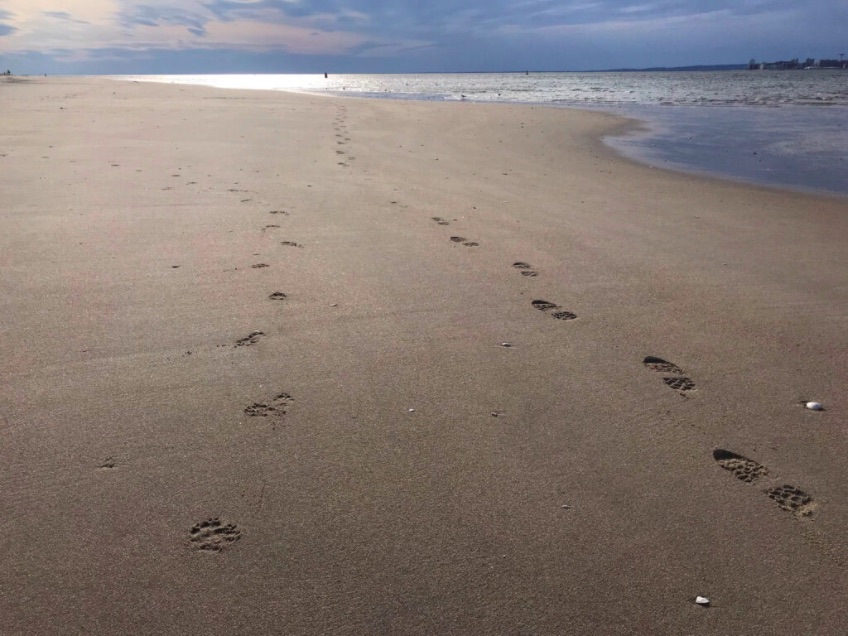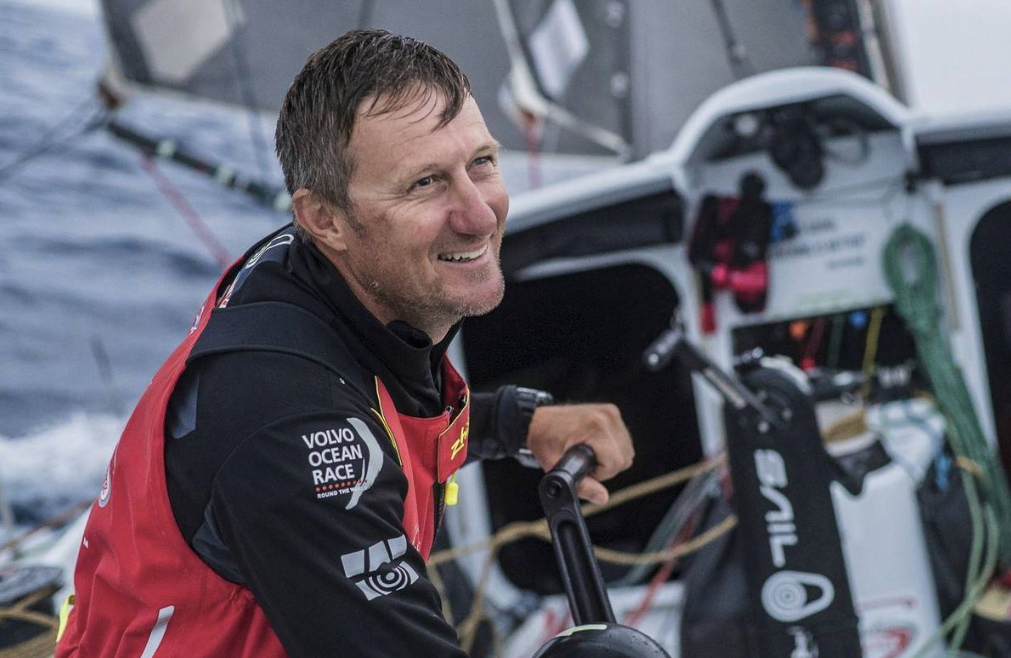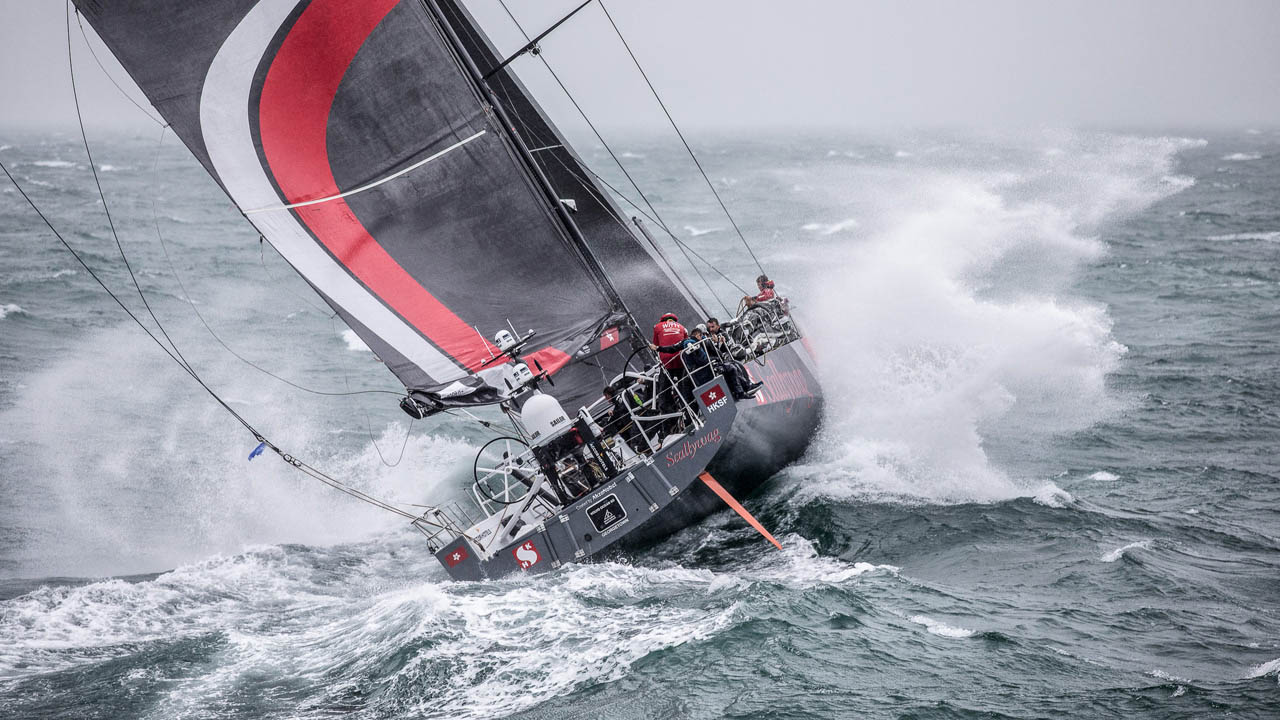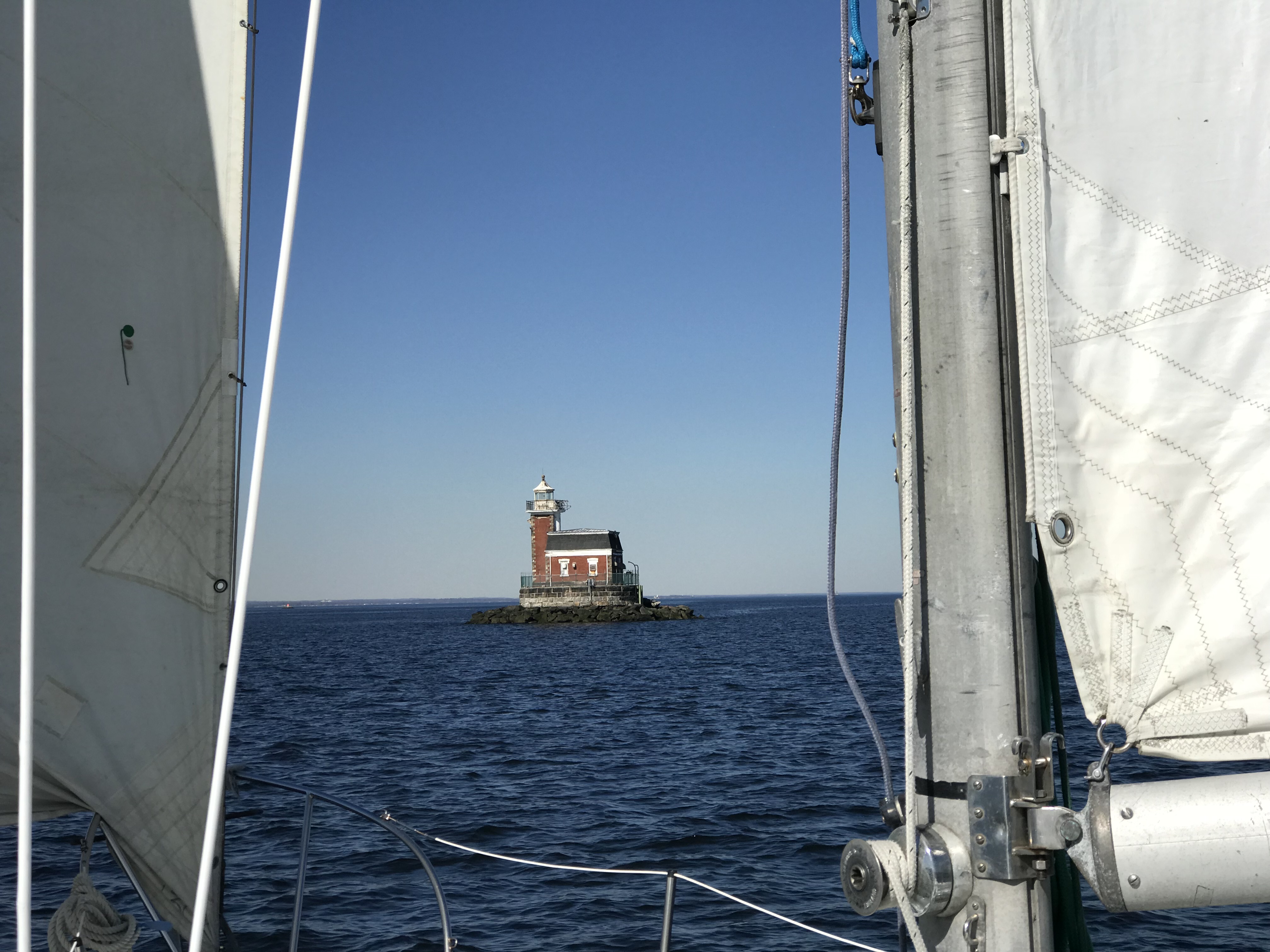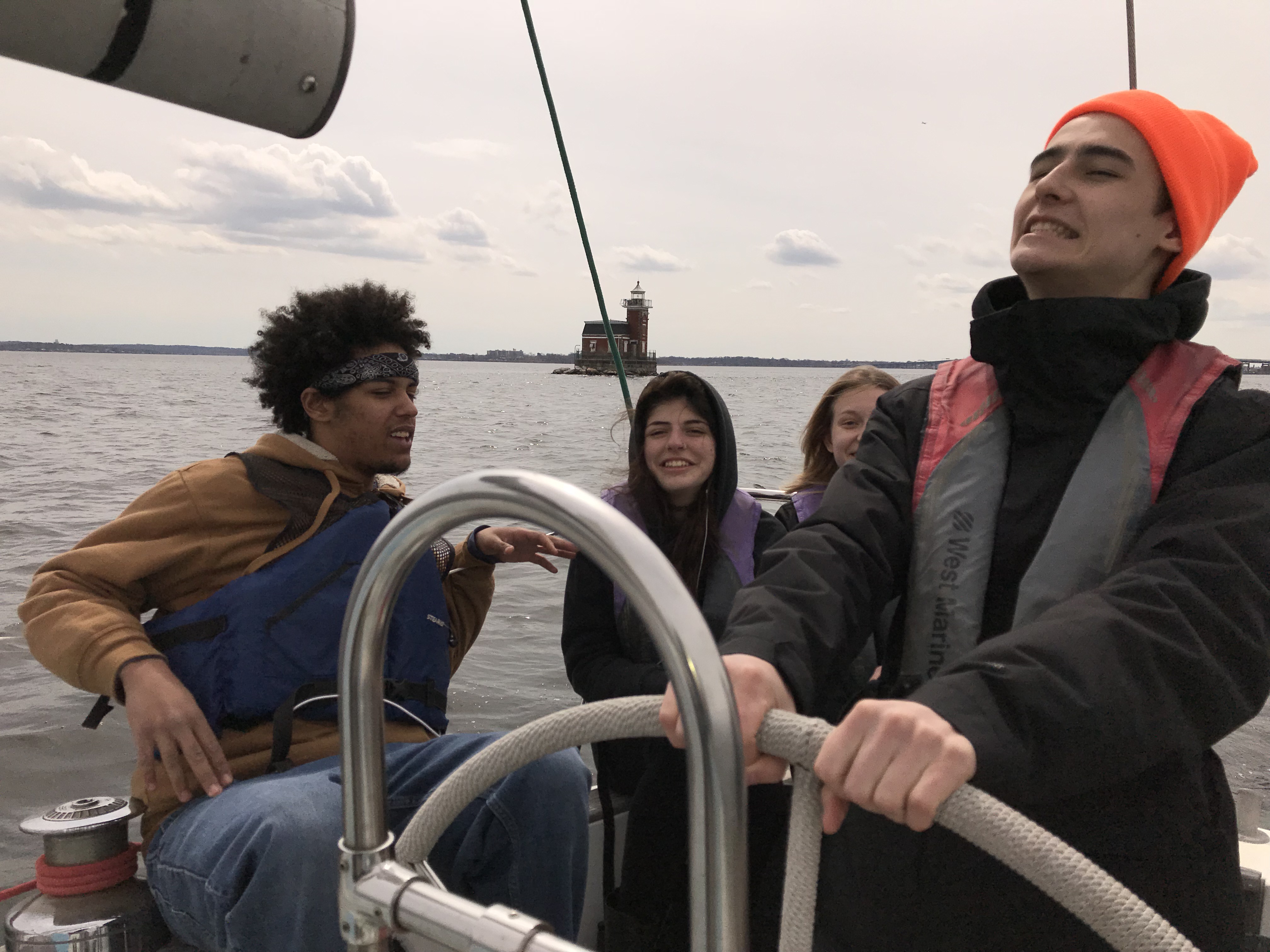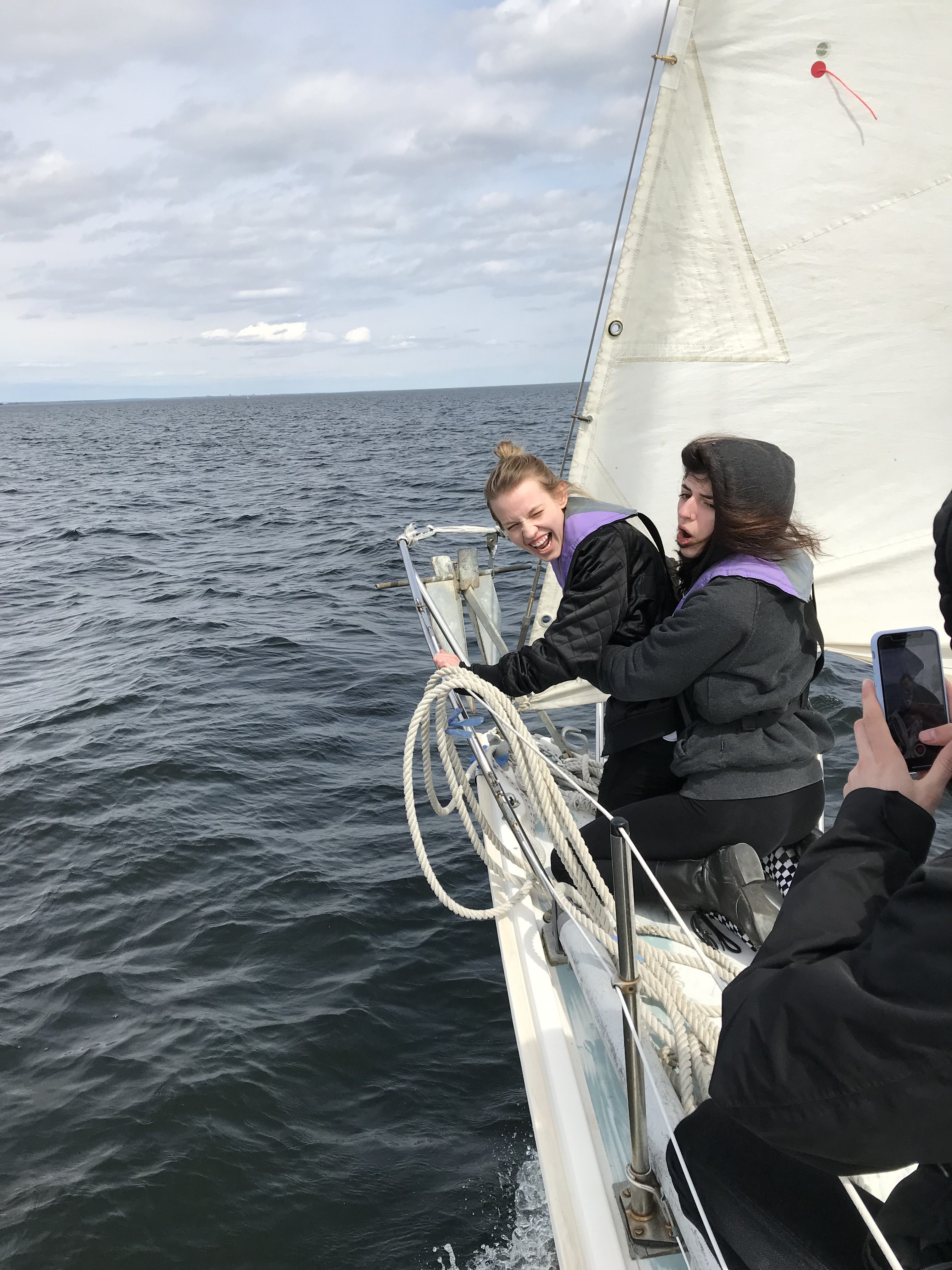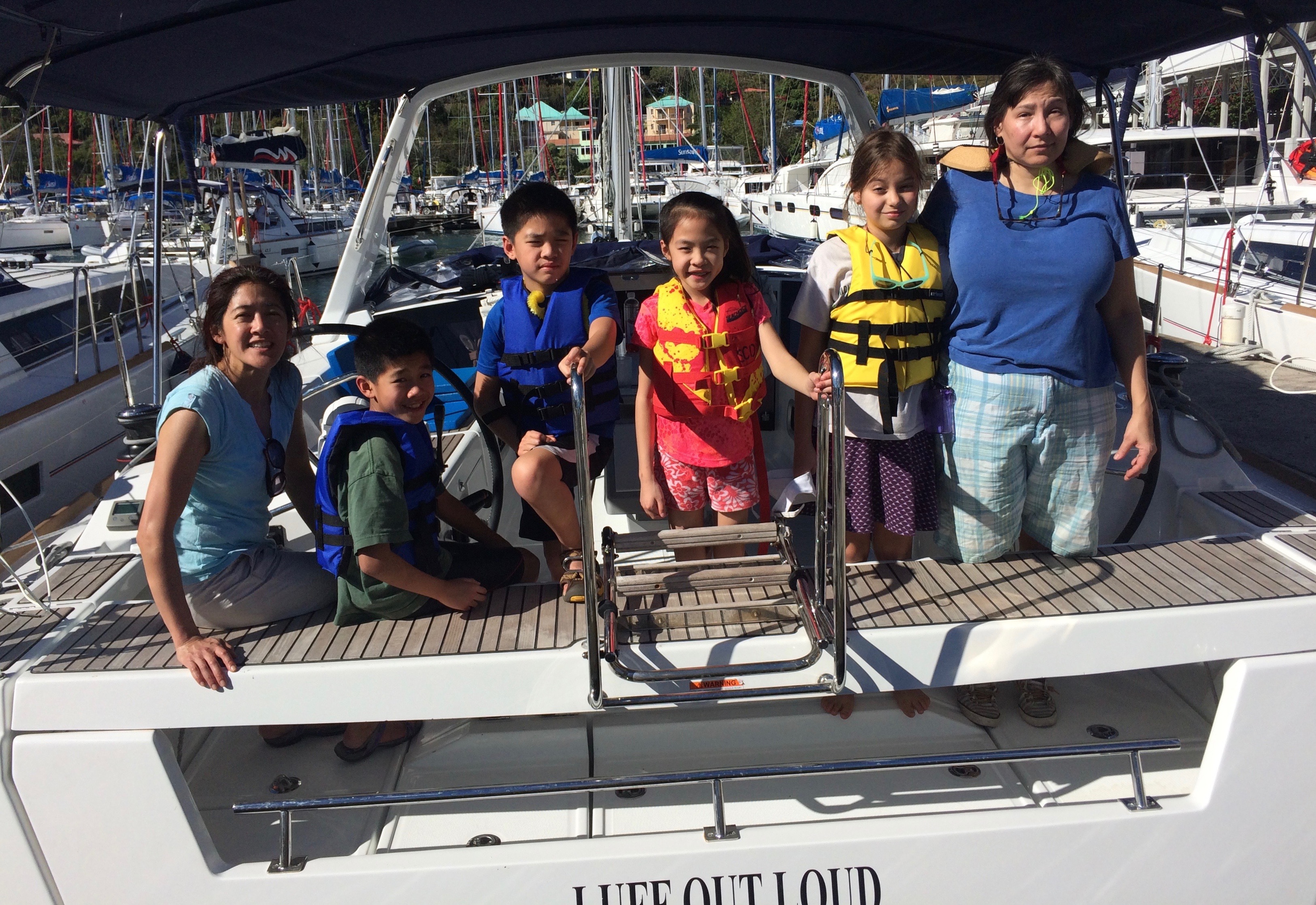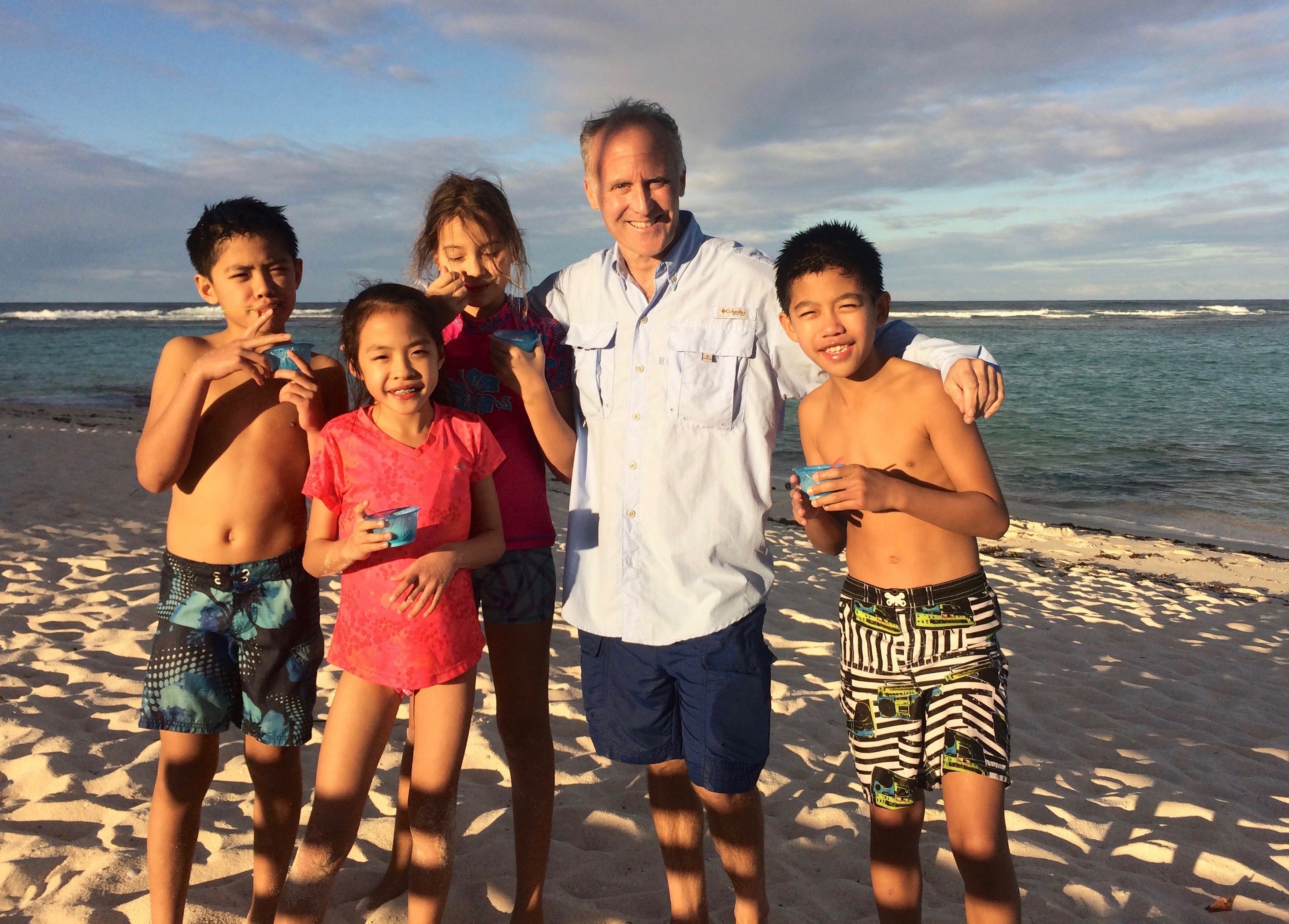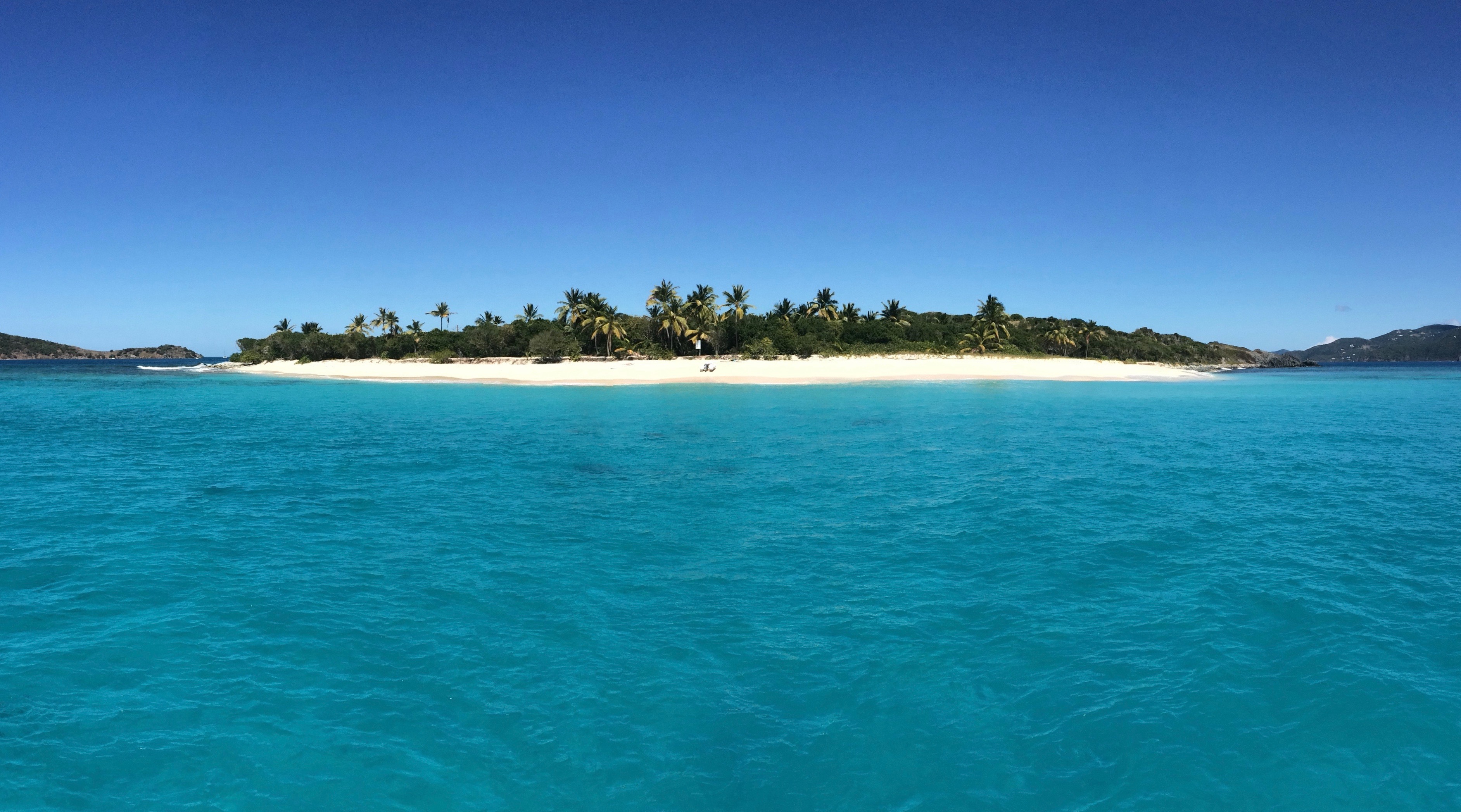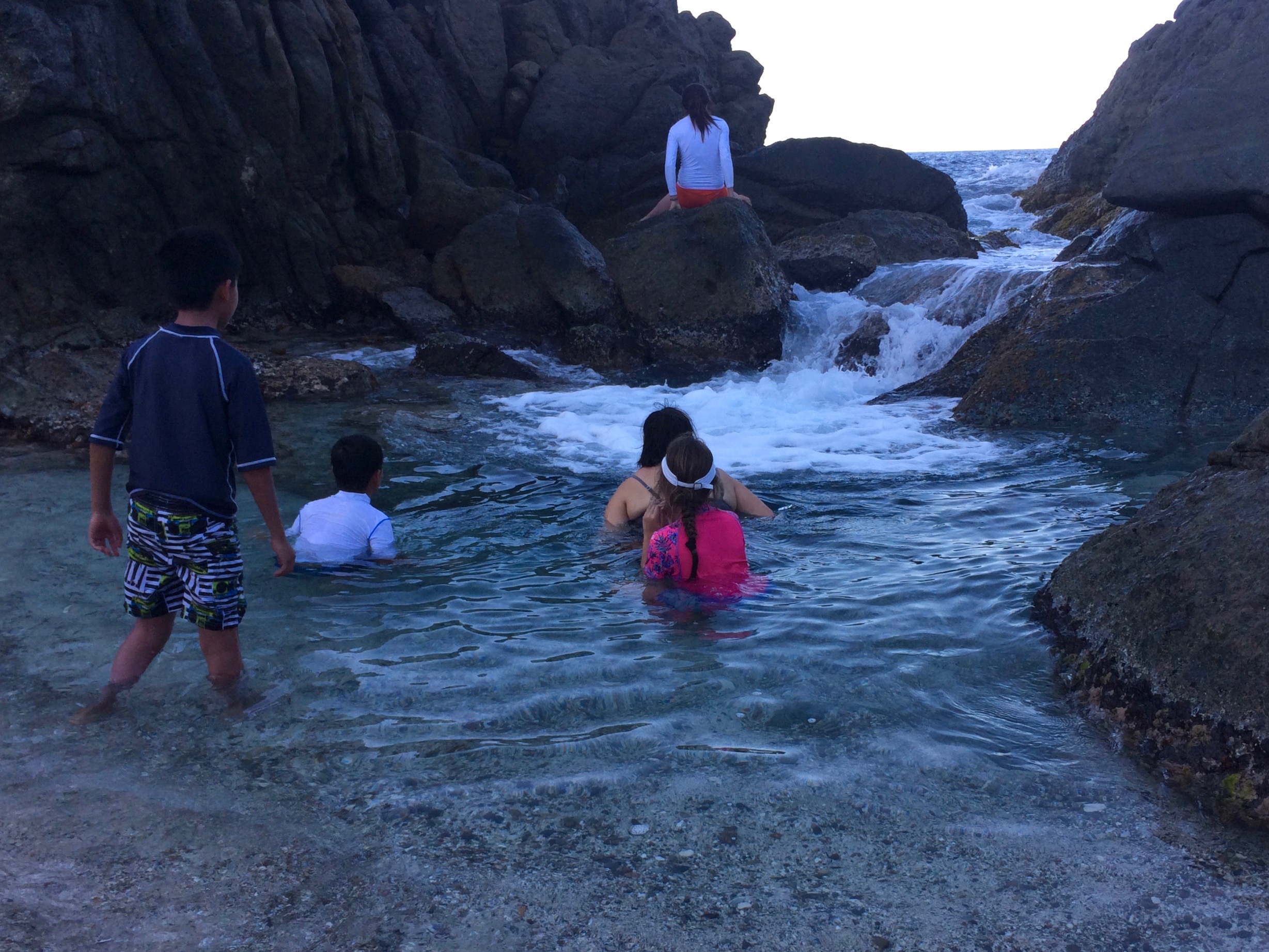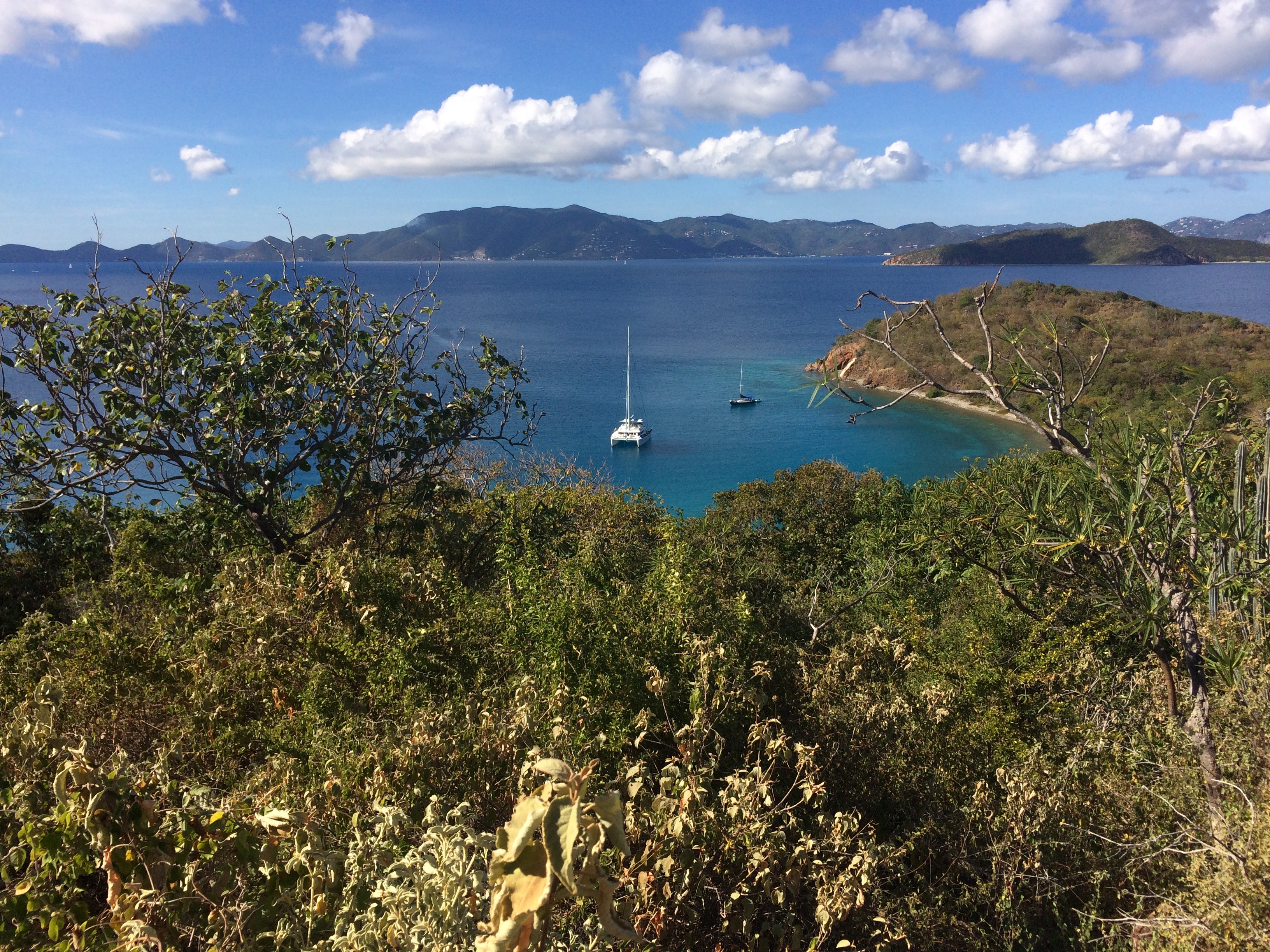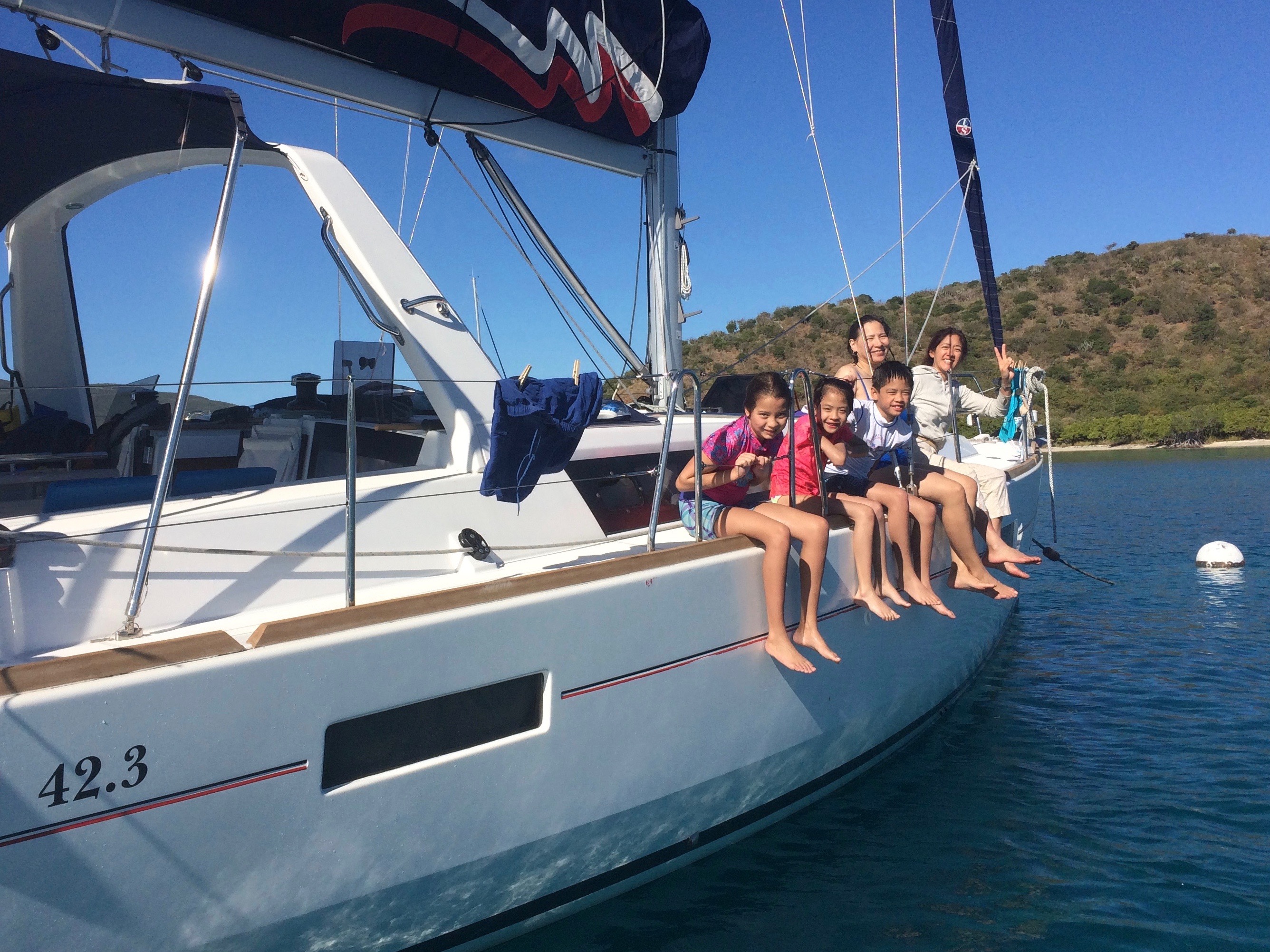Dad and I both wrote textbooks for our sailing schools over the decades. What better way to help teach people how to sail or navigate a boat than to write your own rather than rent?
I followed in my father’s footsteps. He’d be like, “rolling over in my grave!” But, also, I’d like to think, proud all the same.

Above: his, not mine. Circa 1978, this was the text book students received when they signed up for The Master’s Course. This was the learn to sail/refresher course offered by New York Sailing School, which my dad founded in 1968 we believe. (It could have been ’70, but more likely ’68.) I was either 4 or 6 at the time!
The photo above was sent to me recently from a graduate of that program who is getting back into sailing after an absence. He learned to sail from my dad, and will continue on with me. We get this all the time; it’s one of the best feelings about being in the sport and the industry.
I can’t find a copy in our family’s stuff! I have the following cover from a slightly newer version of the same book…
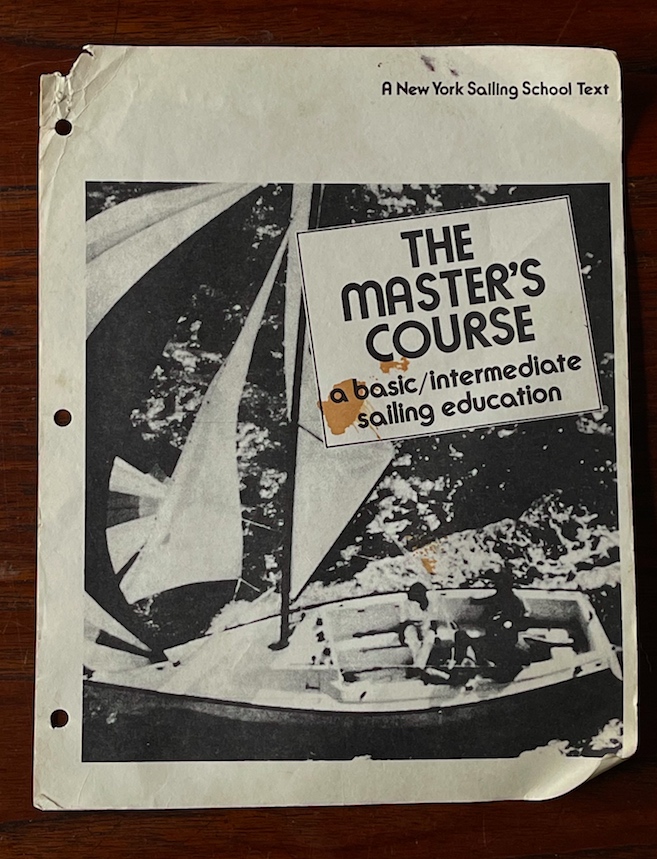
Before I continue, I’m calling on anyone who has a copy of this text book, regardless of which cover is on it, to get in touch with us! I have a scan of the contents but I want to get an original hard copy for sentimental reasons.
And, now, back to the Blog…
The textbook was low-tech and photocopied. It was either stapled together or 3-hole punched and bound. But, it worked: students found it simple, effective, fun, and a great resource. He wrote it because, well… he was a writer amongst other things. He did a lot of advertising copy-wrighting as part of his first career, becoming a Creative VP in several boutique firms from the Mad Men era (does the name Benton & Bowles ring a bell?). Eventually, his side hustle in sailing became all consuming and he launched New York Sailing School after more modest beginnings with rentals and what was perhaps the country’s earliest seasonal time-share/fractional sailing plan: Sail-A-Season.
He also wrote it as it was needed. The American Sailing Association (ASA) didn’t come around until 1983. That year, both my Glenn and I became ASA instructors: I’m # 830701, for those who get how those numbers work. US Sailing didn’t add a adult sailing school/instruction arm until 1993. So, there wasn’t an industry association text book series available. Yes, Colgate’s Basic Sailing Theory (Steve Colgate, Offshore Sailing School) existed. It was rather expensive and also written by the competition. And, I don’t think dad liked it on it’s merits, honestly.
Fast forward to 1986/87. Dad sold the school that winter while I was in college. He remained an advisor to them for a few years and I helped out with that. Gradually, they edited and changed the book until it wasn’t the Sh*t My Dad Wrote. End of era. Just after that, I wrote this, which I include not just to pat myself on the back but in the context of the geo-political climate of the times…
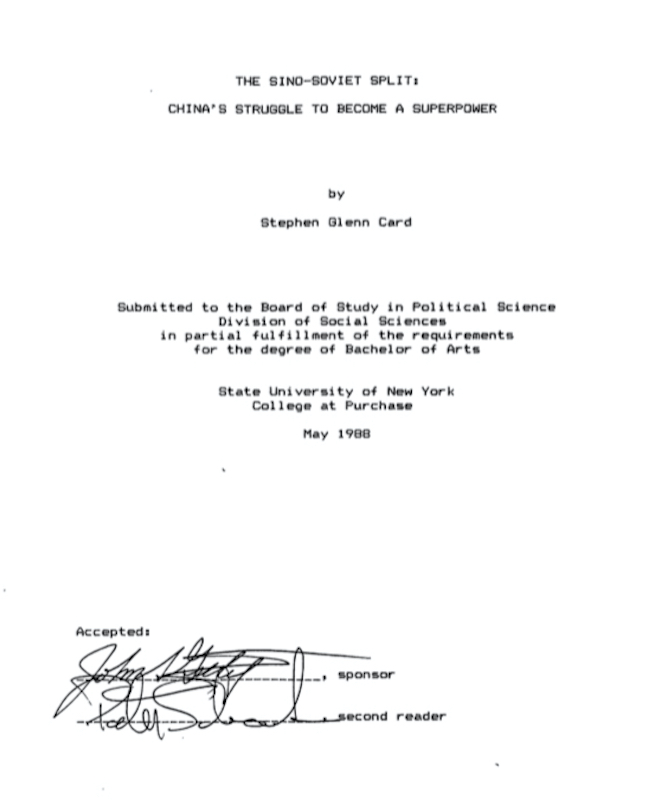
Dad passed of lung cancer in the summer of 1995.
Skip forward a few years to late summer of 1997. For various reasons, I started a new sailing school. I actually went into direct competition with the former family business. I had taken back management and operation of dad’s New York Sailing Center & Yacht Club the year before, which at the time was simply a small marina with mooring storage and launch service. When dad sold the sailing school, he didn’t see the marina. I simply added a sailing school to it. I started off by affiliating with US Sailing that year, and in the spring of ’98, also affiliated with ASA. New York Sailing Center & Yacht Club was one of only a handful of schools in the country to certify students through both organizations. Later, it came to be that no school could be an affiliate of both ASA and US Sailing for other boring reasons. (Schools can be affiliates of ASA and also organizational members of US Sailing, as we have been, but no school can offer both systems of certification.)
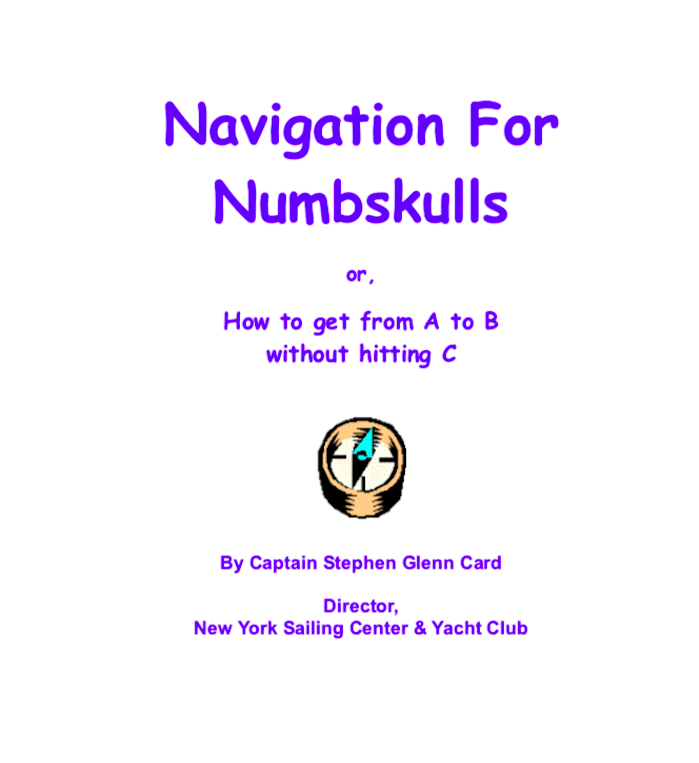
Early on in the new school’s development, we started offering Start Navigating,SM the ASA 105 Coastal Navigation course. We had a consistent volume year round, offering it typically once a week for a month, 1x monthly. While ASA’s original textbook was excellent in many ways, it was missing material covered on the exam and also badly out of date on tech (RDF/Loran versus GPS). So, Captain Card (a/k/a Me, Myself and I) wrote a few short supplements to fill in those gaps. It was fun, but more needed to be done.
So, headphones on to the tune of “I, me, my” by The Beatles, he set to work one winter. During trips to Vermont for Thanksgiving and Christmas, he started drafting a comprehensive book. It sort of flowed organically, and it was fun, and it was good. So, whether it would ultimately be completed and used or not didn’t matter at the time. Over time, it became clear that ASA’s book wasn’t going to be revised anytime soon, despite them saying they’d send a draft of it soon.
Long story short: I finished my book and have used it for our Coastal Navigation course, Start Navigating,SM ever since. It’s had some minor updates over the years, but is essentially as written back in 2002. One topic needed revision when I stumbled in stages on something no one else did. The conventional wisdom about applying magnetic variation when plotting courses is misunderstood. It assumes something that isn’t true. I updated my book accordingly.
ASA? Nah. I was working with another ASA school owner on revising the answer key for the 105 exam. We agreed on the true courses for all the plotting problems, with one exception. After we both revisited this one, he ultimately agreed with my solution for it. However, we didn’t agree on the variation and therefore the magnetic course to use. (We address all this in the Start Navigating course, of course.) Upshot: I updated my book and he swept it under the rug.
In the meantime, ASA didn’t revise the first book. They introduced an entirely new one, to much self-generated fanfare. Later, they did in fact add a revised version of their first book. For awhile at least they continued to sell both. I never looked back. Neither did one of the authors, who didn’t update his book with the mathematical truth concerning magnetic variation. Not my problem; not my students’ either.
My book hasn’t been formally published. It did get its foot in the door at a major publishing house awhile ago: one of our former students was a literary agent and pitched it to an acquisition editor there. He caught it and re-pitched at an editorial meeting. They thought the book was worthy but not the sales projections and passed on it. So it goes…
But, Dad’s will be resurrected. I’m going to add things he didn’t include that now need to be there, and use it from that point forward for our Start Sailing course (ASA 101, learn-to-sail/Basic Keelboat).
Sh*t My Dad Wrote. It aged well.
